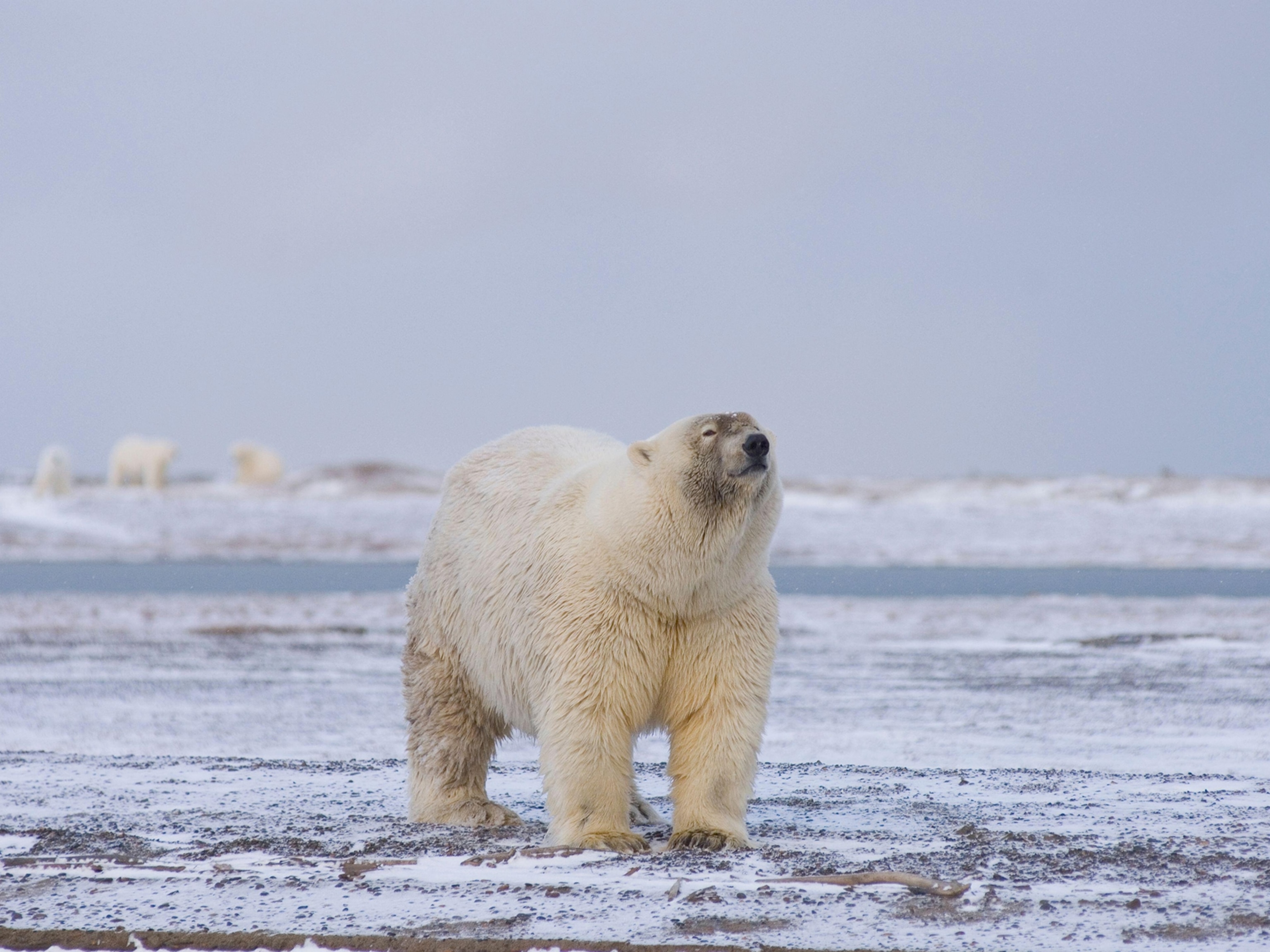Why This Zoo Lion Killed a Lost Water Bird
When a heron inexplicably ended up in the lion enclosure, the big cat’s instincts sprung into action.
Even in zoos, the circle of life carries on.
Max Quinn was vacationing at Amsterdam’s Artis Zoo when he captured this footage of a lion attacking a water bird that wandered up to the wrong pond. In the zoo’s lion enclosure, a female big cat creeps out of the shadows and stalks up to a heron drinking by the water. The cat stealthily inches toward the bird, but freezes when the bird turns its head.
Then, after a few beats, the bird shifts its gaze away and the lion lunges. The bird tries to flap away but the cat grabs it and pulls it down. The heron is dead in an instant, and two other lions rush into the frame.
The heron’s landing in the enclosure “triggers that stalk-and-pounce hunting approach,” says Paul Funston, senior lion program director for Panthera, the global wild cat conservation organization. “It’s in the genetic make-up.”
Feline Instincts
Herons are to Amsterdam what pigeons are to New York City—they’re ubiquitous. Hundreds of pairs flock to the city to scavenge for fish near markets and canals.
Cats—big and small—are instinctual hunters. Without practicing or being instructed, they know how to move silently, stalk, and pounce on prey. Even domesticated cats hunt small animals like birds and rodents with these keen skills. (Related: how you’re probably training your cat wrong.)
“These [skills] are intrinsically genetically programed into cats,” Funston says, but “I think these are the sort of things they refine over time.”
In the wild, young animals get a chance to watch their parents hunt. Funston says that when he sees wild big cats hunting, the youngsters will sometimes mess up by making themselves too obvious or not timing their attack at the right time.
“It’s these sort of finer skills of the actual hunt that they learn through participation and watching other lions hunt,” Funston says.
While it’s unclear just how much practice the Amsterdam Zoo’s lion had before the surprise visitor appeared, her swift instinctive response ensured the unlucky heron never left.




















